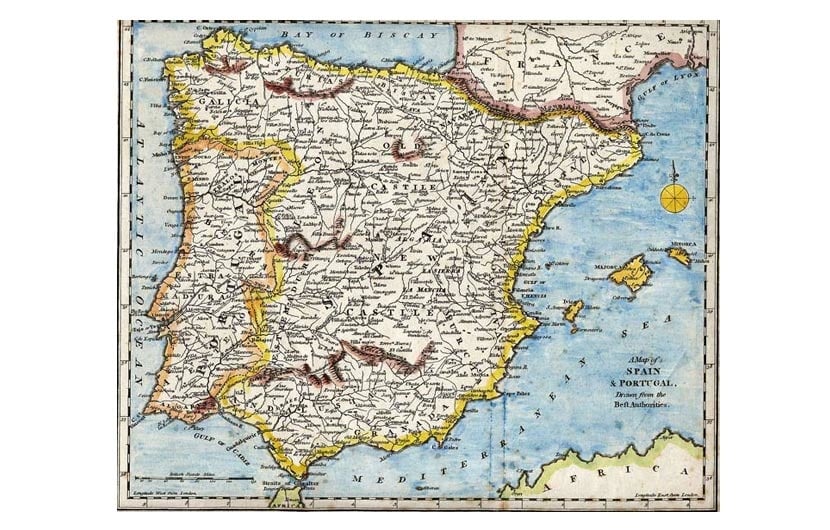Spanish Wine Took Time
- Posted on
- By Brett Chappell CS, CWE
- Posted in Spain Wine History

The Spanish wine industry was slow to launch and has only come into its own in the modern era.
Even though the vine predates man on the Iberian Peninsula and her inhabitants early domesticated the grape and produced wine, the Spanish wine industry was slow to launch and has only come into its own in the modern era. The Spanish time line parallels the time line of American viticulture.
Phoenicians planted the first vines in the Southern Spain in 1100 B.C. From the early 700’s to the late 1400’s the peninsula was under Moorish rule. Though their religion forbade the ingestion of alcohol, the Moors were not opposed to taxing the indigenous people for the production of wine. In the late 1200’s, with the Christian reconquering of most of Spain, much of the rich, strong wine of the region was sent from the emerging port of Bilbao to England. Ferdinand II of Aragon and Isabella I of Castile’s final defeat of the Moors in the 1492 secured a strong Catholic monarchy. The vine and wine flourish under the watchful eye of monks. The British market, though, soon dried up with Henry VIII’s divorce from Catherine of Aragon. Elizabeth I’s defeat of the Spanish Armada threw yet another economic monkey wrench into the works.
Phylloxera arrival in France predated that in Spain by some 40 years. The vignerons of Bordeaux found refuge from the pest and, more importantly, a source of income in the vineyards of Rioja. The French vignerons introduced the small 59 gallon barrique to the region. Never would Rioja be the same. Just as the French wine industry returned to its feet, phylloxera crossed the Pyrenees and finally reached the vineyards in Rioja in 1901.
Spain’s twentieth century was politically tumultuous. Dictator General Miguel Primo de Rivera began to institute laws that became the basis for Spain’s current Denominación de Origen (DO) system. All of this fell by the wayside while the Spanish Civil War and World War II raged. Dictator Francisco Franco did nothing to further the vinous cause either. In the 1960s and 70s, Spain was synonymous with bulk wines. In the late 70s and into 80s though, modernization and quality production grew along with Spain’s budding democracy. Spain joined the EU in 1986 and brought her laws into line with those of the rest of the union.
Here is a simplified guide for Spain’s system:
Denominación de Origen Calificada or Qualificada (Catalan) (DOC, DOQ): Only two regions, due to their rigorous quality standards, are considered above DO level. They are Rioja and Priorat.
Denominación de Origen (DO): The majority of Spanish wine the Americans see is DO level. There are approximately 70 DOs, and almost all are regionally based. The Cava DO covers many different geographical areas but governs sparkling wines grape growing, cropping, and method of production.
Vino de Pago (VP): A sub classification that honors top of the line, single estate wines. A Pago is a vineyard in the Spanish language.
Vino de Mesa (VdM): These are rare in the states and are the lowest qualification standards for a wine to meet. Some great wines use this designation though, because they fall outside their DO rules for variety used and wine making practices required.
